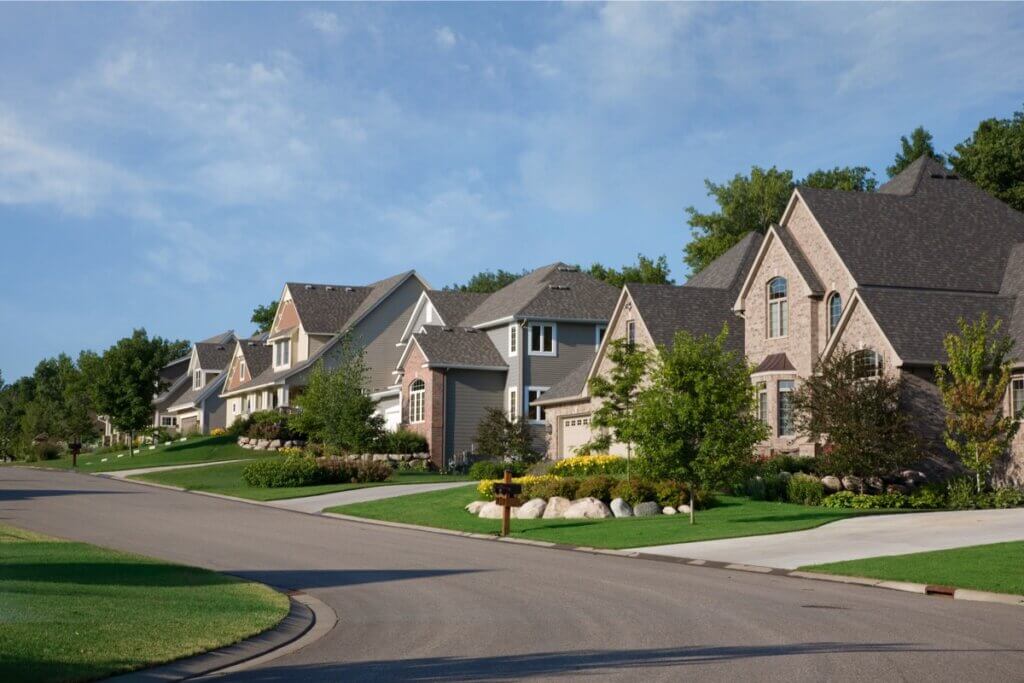Damage caused by sinkholes can be extensive, but may not always be covered by your homeowners policy. Read on to learn more about how a sinkhole insurance policy may be right for you.
What Protection Does it Offer?
Homeowners policies that cover only catastrophic ground collapse will cover the cost of damage only under the following conditions:
- The abrupt collapse of ground cover
- A depression in the ground cover clearly visible to the naked eye
- Structural damage to the building, including the foundation
- The insured structure being condemned and ordered vacated by the government agency
If your home is damaged by a sinkhole, but does not meet all four criteria, your insurance policy may not pay for the damage unless you have sinkhole coverage. Sinkhole coverage covers the circumstance where soil ravels into fractures created in underground limestone, causing a home’s foundation to settle unevenly. Sinkholes are generally not visibly apparent until you notice damage.
If You Have a Sinkhole Claim
If a portion of your home has shifted or sunk due to ground cover collapse, or if a sinkhole has appeared on your property, immediately take the following steps:
- Ensure the safety of your family and evacuate if necessary.
- Secure or remove valuable possessions.
- Notify EHD.
- Notify your city or county building inspection department.
Mark the sinkhole or property with fencing, rope or tape to warn others of the danger. If someone is injured in the sinkhole, you could be liable.
Confirming the Presence of a Sinkhole
The insurance company may order a geological report that will establish the cause of damage. If testing confirms a sinkhole, your insurance policy should pay for the testing and repairs less deductibles.
Be Aware of the Danger
Sinkholes are land forms created by the sinking of soil, sediment or rock as underlying layers are dissolved by groundwater.
When Purchasing a Home
If you are interested in purchasing a home in area where sinkholes are a common occurrence, be sure to:
- Verify that sinkhole coverage is included in your policy as a rider.
- Hire a home inspector who can help you identify signs of potential sinkhole activity.
- Consider testing for sinkholes. Insurance companies should not require you to have this testing done prior to granting you coverage.





